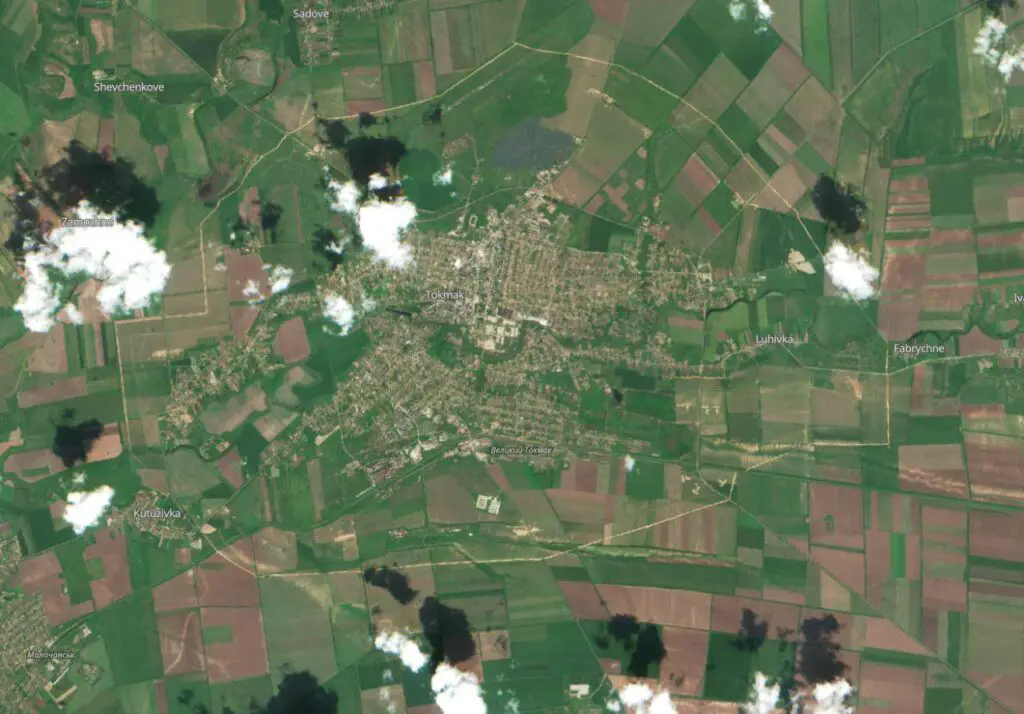Introduction:
In china’s 2023 map a resolute declaration, India has reaffirmed its stance on Arunachal Pradesh, firmly asserting that the region is an intrinsic and inseparable part of the nation. This bold assertion comes amid a larger geopolitical context that includes China’s expansive territorial claims, as depicted on a map that encompasses not only Taiwan but also the contentious South China Sea.

Table of Contents
India’s Unwavering Stand on Arunachal Pradesh:
India’s message to China has remained steadfast and unyielding – Arunachal Pradesh is, has been, and will perpetually be an integral and indivisible component of the Indian territory. This reiteration underscores India’s unswerving commitment to preserving its sovereign boundaries and maintaining the sanctity of its territorial integrity.
The Inclusive Map: Reflecting Multifaceted Claims:
The map in question paints a comprehensive picture of China’s territorial ambitions. Beyond the borders of the mainland, it encompasses China’s bold assertions regarding Taiwan and the South China Sea. This visual representation serves as a vivid portrayal of China’s expansive claims, which extend well beyond its immediate borders.
Taiwan’s Significance in China’s Vision:
Integral to China’s aspirations is the island of Taiwan, which Beijing views as an integral part of its mainland. The commitment to integrating Taiwan into the larger Chinese fold is a pivotal agenda, prominently championed by President Xi Jinping. This objective shapes China’s foreign policy and has a profound impact on regional dynamics.
South China Sea: A Sea of Disputes:
The map also highlights China’s nine-dash line, a contentious demarcation that lays claim to a significant portion of the South China Sea. This claim is met with resistance from various neighboring nations, including Vietnam, the Philippines, Malaysia, Brunei, and Taiwan. These countries assert counterclaims over the same maritime regions, leading to a complex geopolitical quagmire.
Conclusion: Navigating Complex Geopolitics:
India’s unequivocal statement regarding Arunachal Pradesh underscores the nation’s commitment to maintaining its territorial integrity and asserting its sovereignty. The comprehensive map that encapsulates China’s expansive claims over Taiwan and the South China Sea serves as a poignant reminder of the intricate web of geopolitical ambitions and disputes in the region. As nations continue to navigate these complex dynamics, the importance of diplomatic negotiations and multilateral discussions becomes increasingly evident.
The relationship between India and China is marked by a complex interplay of cooperation, competition, and occasional tensions. As two of the world’s most populous nations and emerging global powers, both countries share economic and diplomatic ties while navigating historical border disputes and geopolitical aspirations.
While efforts to enhance trade, cultural exchanges, and multilateral cooperation are evident, the lingering border conflicts, including those over Arunachal Pradesh and Aksai Chin, continue to shape the nature of their relationship. The diplomatic channels remain crucial in managing these challenges, with both nations striving to strike a balance between their respective interests and regional stability.
Amidst these complexities, the Sino-India relationship also encompasses shared concerns on global issues such as climate change, terrorism, and economic development. Both nations are members of international forums like BRICS and the Shanghai Cooperation Organization (SCO), providing platforms for collaboration on common challenges. However, periodic border standoffs and disagreements underline the need for ongoing dialogue and confidence-building measures to prevent escalation.
The strategic competition and cooperation between India and China have far-reaching implications for the region and the world. As both countries seek to safeguard their sovereignty, enhance their economies, and maintain stability, the delicate balance between cooperation and competition remains at the heart of their evolving relationship.
To read more about same topic:https://www.amarujala.com/world/china-new-map-controversy-china-claimed-arunachal-pradesh-and-aksai-chin-in-his-territory-2023-08-29
To read more visit our blog:https://spotnews2023.com/index.php/2023/08/16/india-and-china-forge-path-to-swiftly-resolve-border-issues/



[…] To read our other blog:https://spotnews2023.com/index.php/2023/08/29/china-2023-map/ […]
[…] To read more our blog:https://spotnews2023.com/index.php/2023/08/29/china-2023-map/ […]